Kaiju: Everything You Need To Know About Japan’s Giant Monsters
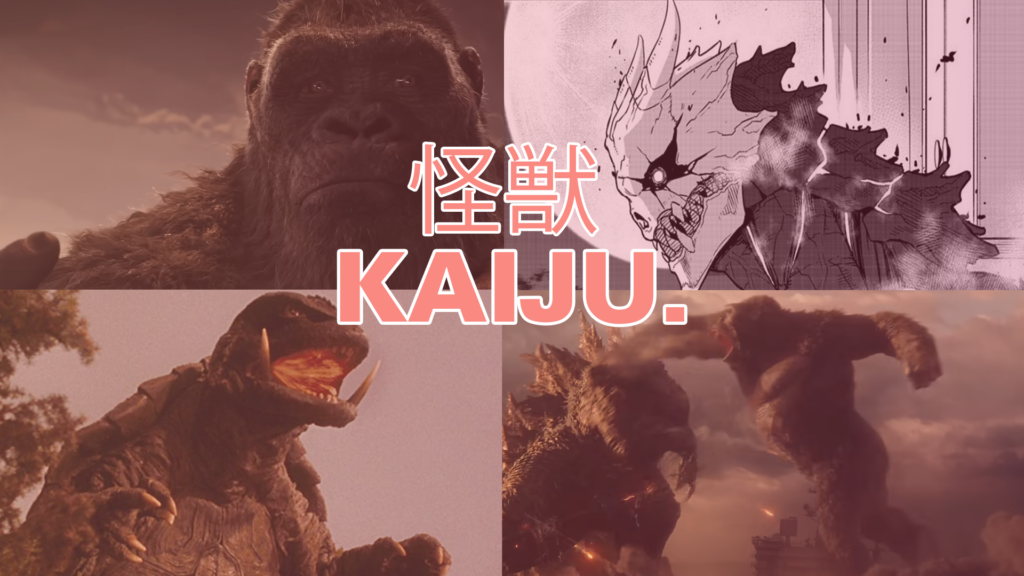
Everyone’s familiar with at least one Kaiju. If you don’t know what that word means and therefore believe that you don’t know any kaiju at all, think again – Godzilla, King Kong, Gamera and Clifford The Big Red Dog are all prime examples of kaiju, which loosely translates to ‘strange beast’, but over time has come to signify a giant creature of extreme scale, as well as the genre of media that you’ll find these monsters in.
If you’re still not sure what to do with this information, consider this article a resource to answer some of your burning questions. Maybe you’re here on Neokyo to find a Kaiju gift for a friend and wanted some extra context, or maybe you found your way here by accident and are now considering the meaning of this Japanese word you just learned. Either way, there’s a lot of important facts to cover, so let’s begin with the basics.
What is a Kaiju?
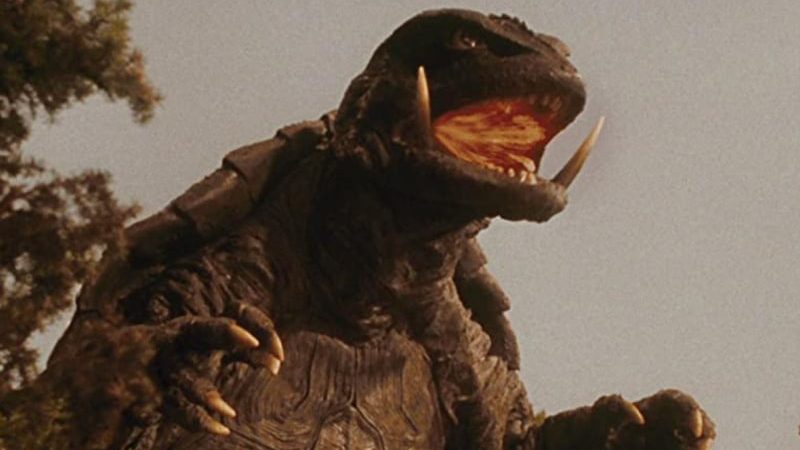
In pure fan-terminology context, a kaijū is any creature that is significantly large in scale. Kaiju as a word also refers to the genre of media that includes these giant creatures.
The origins of the term are hard to trace, and can be found in early Japanese literature and folklore. The term’s use in its modern context, however, is generally accepted to stem from the release from the early eras of tokusatsu (the term for special effects heavy Japanese media like Godzilla or Kamen Rider) of the movie The Beast from 20,000 Fathoms (1953), a movie which included the term ‘kaiju’ in its poster and adjacent marketing material during the movie’s Japanese release.
From this point onwards, sci-fi movies that similarly focused on the havoc created by giant creatures adopted the term kaiju as a descriptive term. Godzilla, which was released in 1954, was one of the first to do so, directly inspired by the way that the movie The Beast from 20,000 Fathoms was presented to Japanese audiences.
The release of Godzilla had a significant impact on Japanese cinema. It tells a dramatic story of nuclear fear and anguish embodied in the form of the now-iconic creature. It’s an early achievement in the field of special effects, utilizing an eclectic collection of physically tangible special effects that formed the foundations of the approach to the genre known as ‘tokusatsu’, which most subsequent kaiju forms would also be a part of. Godzilla (1954) is undeniably a landmark piece of filmmaking for a broad variety of reasons, and it’s a large part of why the term ‘kaiju’ still bears any significance internationally.
Although fans will frequently argue the minutiae of what ‘kaiju’ really means, the truth is that the term has been rather flexibly applied since even the beginning of the genre. If it’s a giant monster, there’s a good chance you could call it a kaiju. The exact size requirements aren’t really clear, but a good indicator might be if it’s directly comparable to an existing kaiju.
Who are the most popular Kaiju?
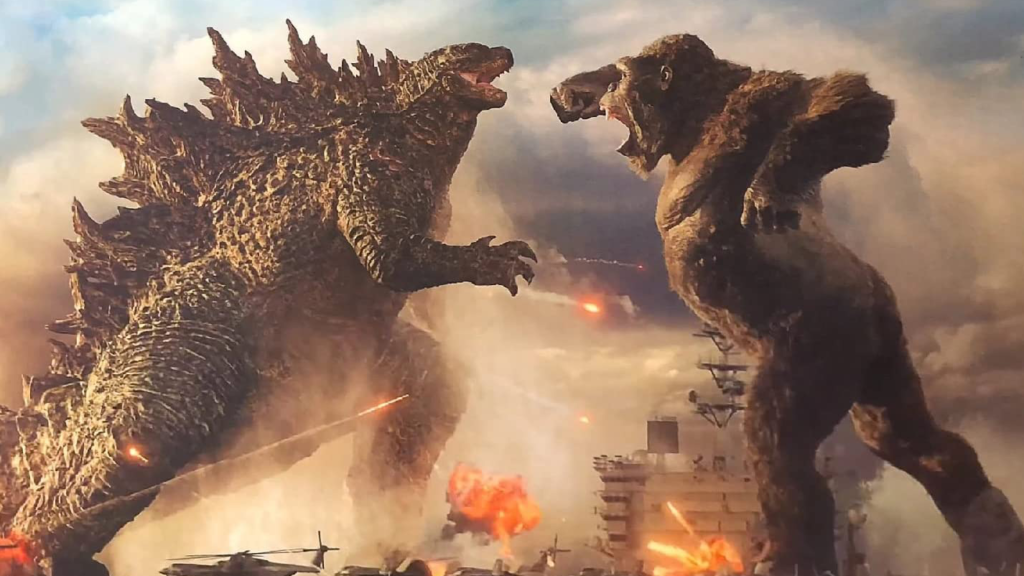
The veritable ‘king’ of Kaiju in terms of worldwide acclaim, Godzilla is known to many as ‘the’ kaiju. But outside of Godzilla themselves, Toho (the production studio behind the Godzilla franchise) has also created a huge amount of other kaiju, including many which started as their own characters but eventually crossed over with Godzilla in one way or another.
For this reason, the characters of Rodan (who looks kind of like a pteradon), Mothra (a giant moth) and King Ghidorah (a three headed dragon, kind of like a hydra) have all received some similar level of fandom, at least in Japan. Outside of Godzilla, these Toho kaiju characters in Godzilla’s sphere might be considered by some to be in the ‘A list’ of popular kaiju.
Of course, we’d be remiss to not mention the Ultraman series, a popular piece of Japanese programming about heroes from the ‘land of light’ – massive giant aliens that protect Earth from a wide range of kaiju. Although most wouldn’t necessarily consider the Ultra heroes as kaijus themselves, their wide range of enemies certainly fall within that category. Kaiju from the ultra series have become well-known titans within Japan in their own right, such as Zetton and Bemular.
Gamera is another popular kaiju character with their own long running franchise. With a vaguel-y reptilian appearance, Gamera rose to popularity in a series of movies from the 60s to 80s, intending to replicate some of Godzilla’s massive success. The Gamera franchise did gain a cult following, but after an excellent series of movies in the 90’s, the franchise has laid dormant for a while. At the time of writing, a Gamera reboot project was recently announced for Netflix, so they’re coming back soon!
King Kong is another big name in the world of Kaiju. To some extent, they might be considered the biggest name in ‘american-made’ kaiju, having crossed over with Godzilla twice – one back in King Kong vs. Godzilla in 1962 and more recently in Godzilla vs. Kong in 2021. King Kong is a huge gorilla-esque creature, and has appeared in lots of different forms in a lot of media over the last 50 years since their cinematic debut. Much like Godzilla, they’re always bound to be back on the big screen relatively soon.
Who Is the Biggest Kaiju?
This is a difficult question to answer, because it depends on what we’re considering a kaiju. In terms of the most conventionally accepted kaiju, there are some variants of Ghidorah that rank fairly highly in terms of overall size. There’s also several kaiju in the american film franchise Pacific Rim that might have a claim to the title, such as the aptly named ‘Mega Kaiju’.
Is King Kong Considered a Kaiju?
According to my SEO software, this is a question people are asking, so if it wasn’t clear already, yes, King Kong is definitely considered a kaiju. It’s a big monster. They fit the definition.
Where can I watch/play/read stuff with Kaiju stuff in it?
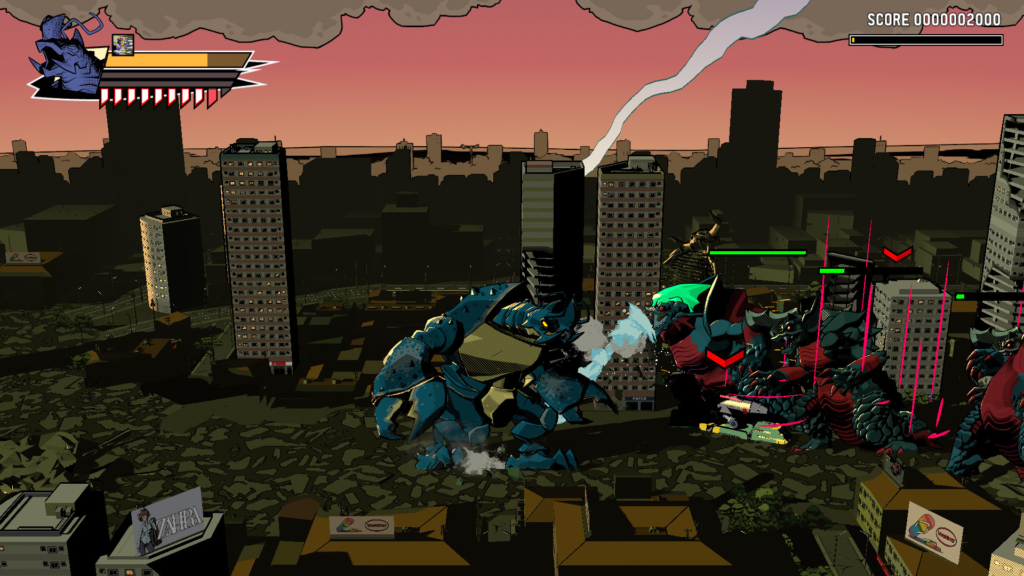
When it comes to Kaiju media, there is plenty for you to explore in a lot of different mediums. Here’s some recommendations to get you started, and you can go from there.
If you’re looking to get into Godzilla media, you have a lot of options. If you want something modern, you could try out the American ‘monsterverse’ Godzilla movies, which start with 2014’s Godzilla, continue with Godzilla: King Of The Monsters and Kong: Skull Island and culminate with 2021’s Godzilla Vs. Kong. These movies offer an enjoyable time, but lack some of the interesting thematic depth than the kind that can be found in earlier Godzilla titles.
If you’re looking for something a little more artistic, you could try out 2016’s Shin Godzilla, directed by Hideaki Anno of Neon Genesis Evangelion fame (a mecha focused anime that also contains its own kaijin creatures). This Japanese movie deals a lot with the concept of bureaucracy and focuses on the realistic consequences of a giant monster attack.
If you prefer to take a look at some classic kaiju media, you could try out any of the 60’s Godzilla movies – Mothra Vs. Godzilla is one of my favourites. I also highly recommend the 90s Gamera movies, which are equal parts heartwarming and exhilarating.
If you’re looking for a non-franchise kaiju story, the original Kaiju-focused manga Kaiju No. 8 also comes highly recommended. With excellent artwork and a thrilling story about chasing your dreams (whilst being a kaiju), you’ll probably enjoy this manga, which is also likely to get anime adaptation at some point in the future.
In terms of games, there’s also been a wave of kaiju focused games recently – Dawn of the Monsters by developer WayForward brought some giant monster action to the 2D side-scrolling realm in 2022, so check it out if you want a simple but fun kaiju experience!
Where can I get cool kaiju toys/figures/DVDs/posters?
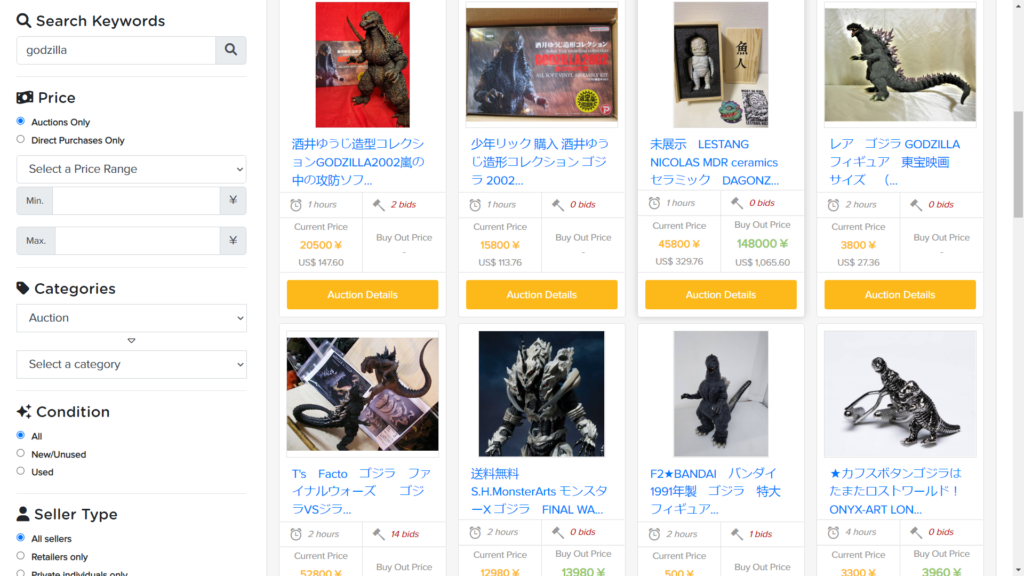
If you’re looking for merchandise from your favourite kaiju thing, there’s a good chance that Neokyo can help. Just search up what you’re looking for using our search bar to find kaiju merch across a variety of Japanese retailers like Yahoo Auctions, Rakuten, Amazon.jp and more!
See also the another blog post about kaiju
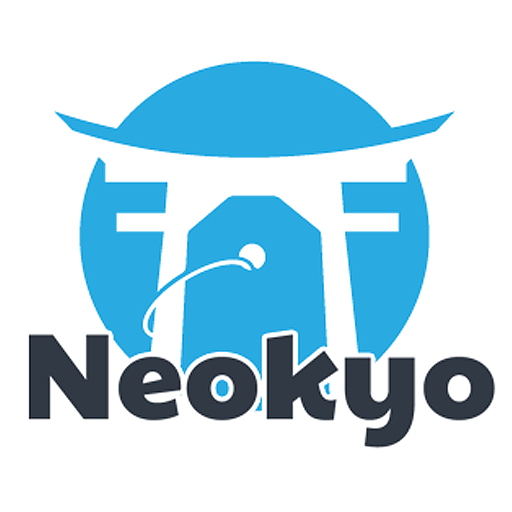


2 Responses
[…] “Jaws vs. Leviathan” conjures a variety of images – as the title is certainly reminiscent of kaiju movies where imaginary enormous beasts are pitted against one […]
[…] See also the previous blog post about kaiju […]